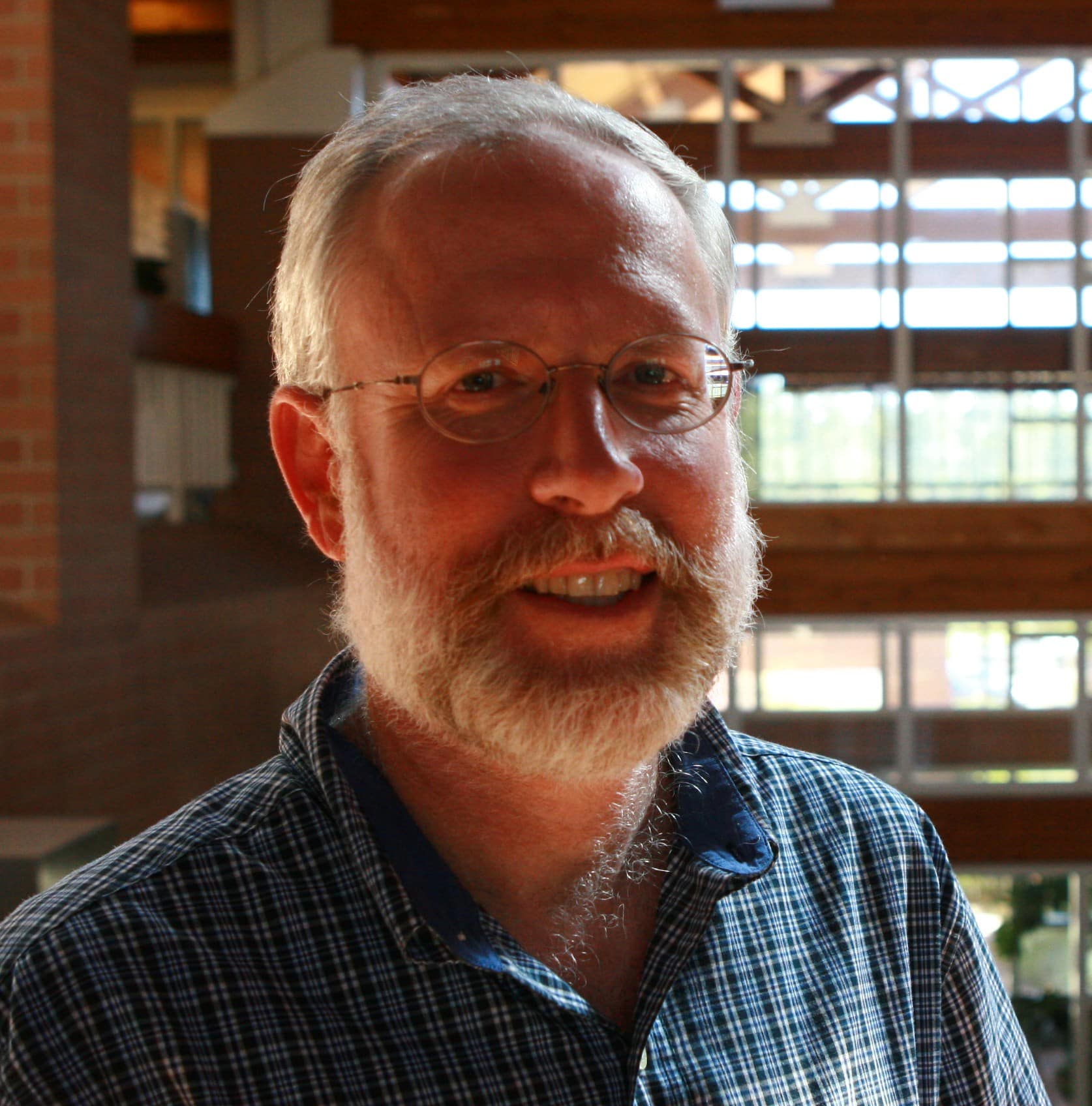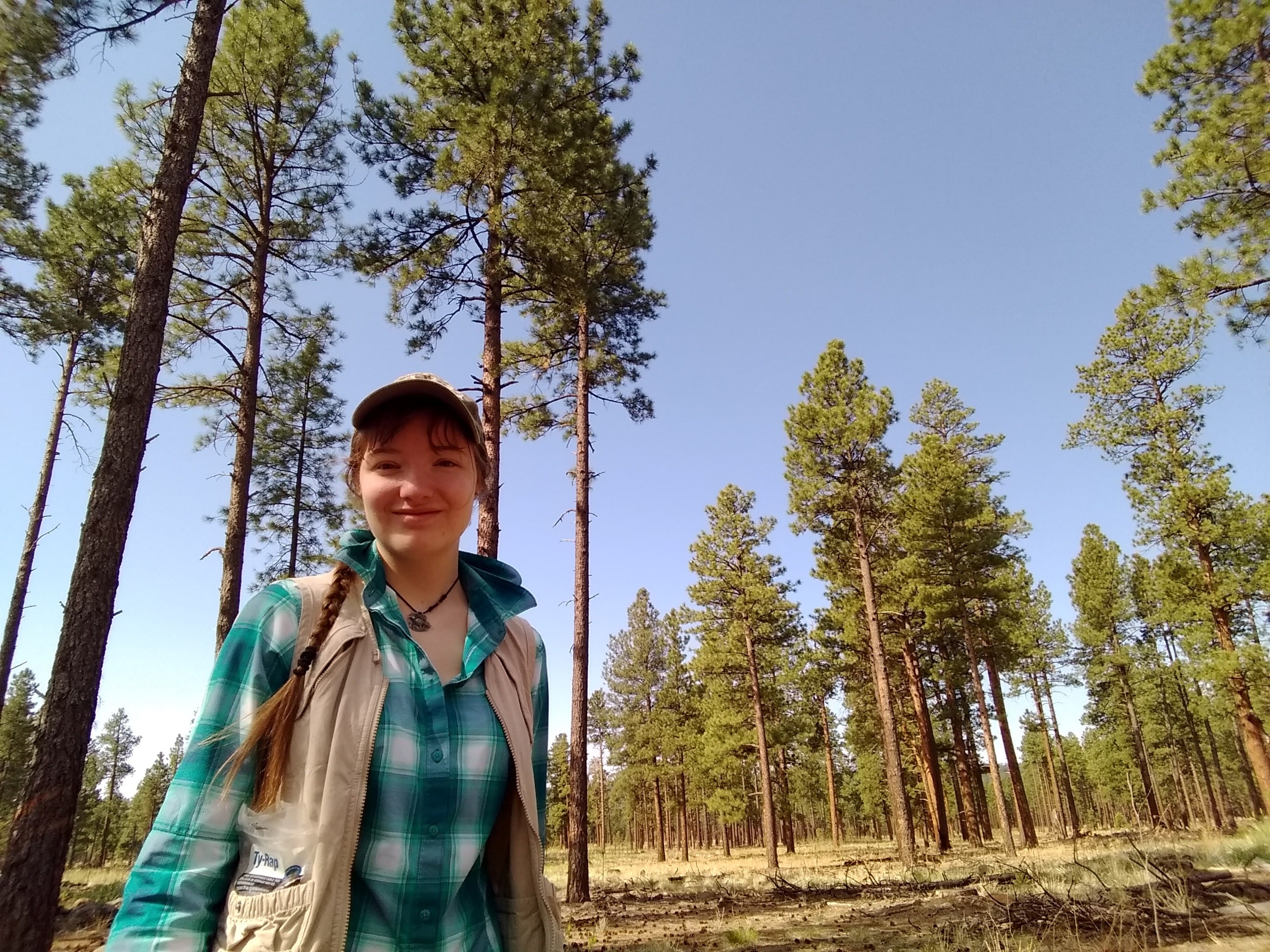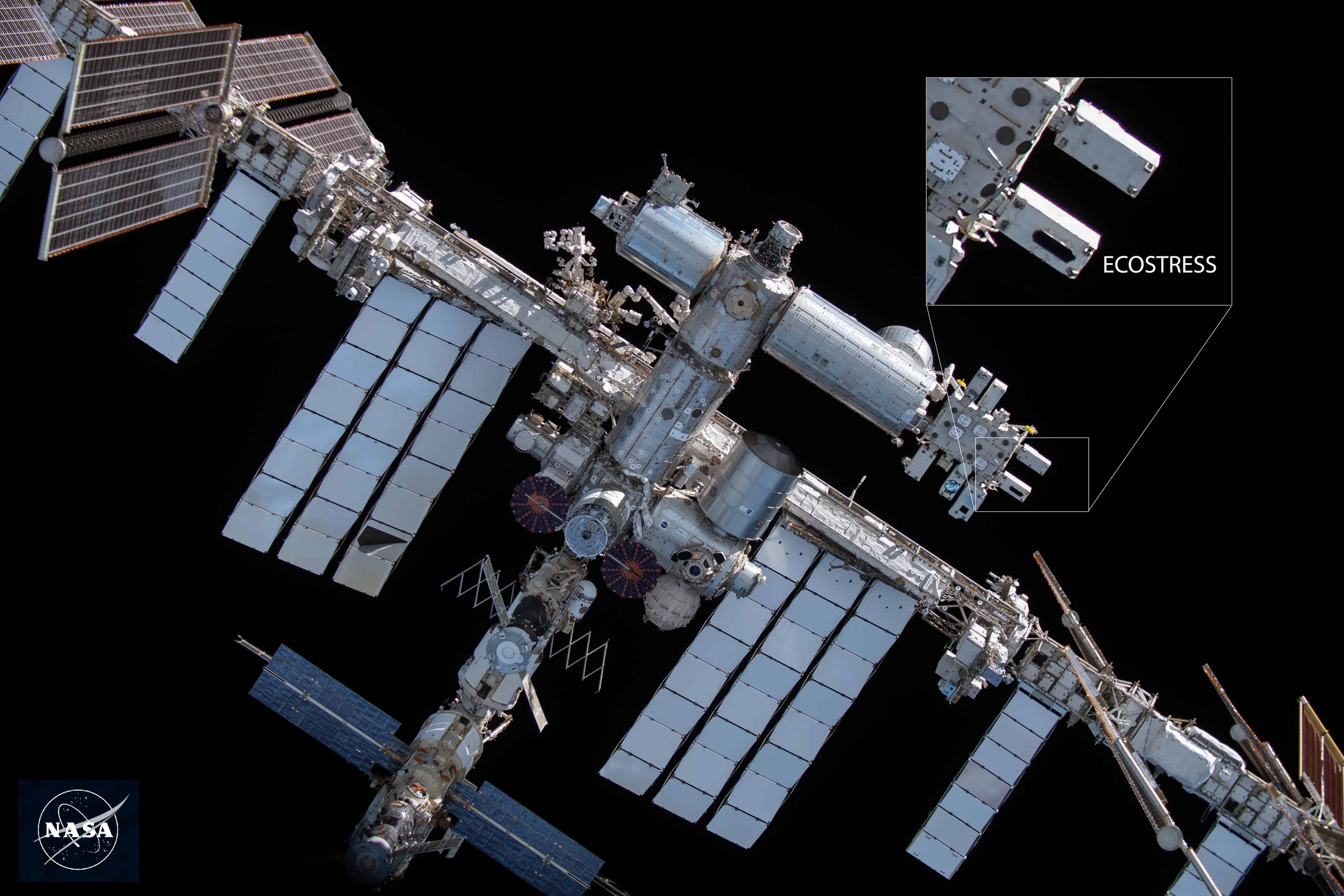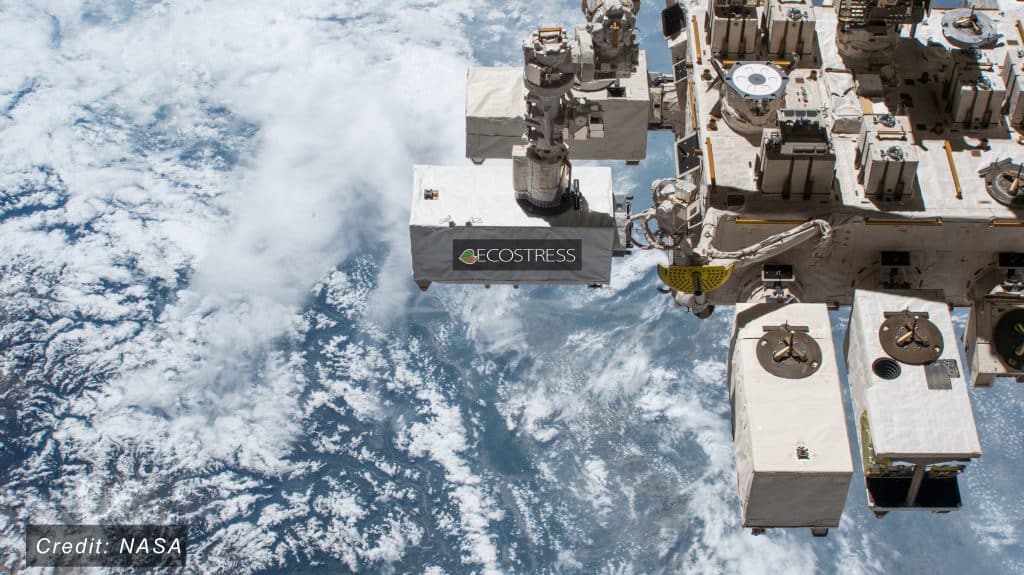A team of researchers at Northern Arizona University, led by Temuulen (Teki) Sankey, associate professor in the School of Informatics, Computing, and Cyber Systems, received a $600,000 grant from NASA for a three-year project to study the impact of forest restoration treatments on forest resilience to drought in Arizona. The team, including Thomas Kolb and Andrea Thode, professors in the School of Forestry, George Koch, professor of biological sciences, and Ph.D. student Julia Tatum, will focus their study on Arizona’s forests and Ponderosa pines.

Sankey, the principal investigator, is using NASA’s relatively new thermal sensor ECOSTRESS, which is aboard the International Space Station. This satellite measures land surface temperature, soil moisture and water usage of the forest canopy through evapotranspiration. Sankey also will integrate her unmanned aerial vehicle (UAV) images for more detailed data acquisition. The team will validate their findings with field measurements of canopy and moisture and a long-term dataset on forest soil moisture response to forest thinning and drought from Sankey’s lab. This unique dataset from NAU will aid in validating NASA’s new measurements of soil moisture using the images captured by ECOSTRESS.

“This work will advance the development of satellite-based remote sensing methods for rapid detection of drought stress in vegetation around the world. The new project will test the capacity of NASA’s new ECOSTRESS system to detect drought stress in ponderosa pine,” Kolb said. “The project also will evaluate the capacity of the new NASA system for measuring the impacts of forest restoration treatments, such as thinning, on forest water balance and stress.”
The team hypothesizes that ECOSTRESS will be able to measure whether thinned areas have a higher level of moisture, and the project aims to determine if the forest restoration treatments result in water benefits for the entire forested ecosystem. The project also will validate whether NASA’s satellite accurately detects soil and canopy moisture and allow the team to examine the effects of the land treatments effects on 2.4 million acres (about the area of Connecticut) across Arizona. Sankey notes their project will be able to check for accuracy and assess the satellite’s sensitivity regarding soil moisture measurements. Utilizing her lab and expertise, the team will work to validate the readings from the satellite with their field measurements and findings.
“I study remote sensing science with a heavy emphasis on machine learning and statistics. Our ECOSTRESS project will involve combining multiple data-sets from very different sources to assess not only how well the satellite identifies real-world conditions, but also what sort of situations might cause errors,” Tatum said. “There will be a lot of number crunching and modeling involved with this, which I’m looking forward to.”

Southwestern forests are facing growing threats from aridity and wildfires due to climate change and increasing forest fuel loads, leading to federal and state agencies implementing large-scale forest restoration programs to reduce the risk of catastrophic wildfires and increase forest resilience to environmental stressors. The ECOSTRESS mission aims to answer questions related to changes in water availability and their impact on the environment, particularly on plants. It does so by measuring the temperature and water content of plants and producing detailed temperature images of the Earth’s surface from space.
“This work will inform future studies by determining how well the ECOSTRESS sensor captures what we know is happening on the ground, and therefore, how confidently we can apply ECOSTRESS measurements to forests throughout the larger region,” Koch said. “My hope is that ECOSTRESS measurements and our ground-based measurements of evapotranspiration compare well, and that we can then use ECOSTRESS to understand the impacts of forest management practices on water balance throughout ponderosa pine forests of this region.”

Sankey runs Northern Arizona University’s remote sensing and geoinformatics lab and her expertise is in remote sensing image analysis specializing in images of the Earth. Her UAVs have heat-sensing technologies and have been able to survey different forest areas showing that thinned forests have fared better during drought. Sankey’s expertise and previous research made her a perfect candidate to work with NASA’s ECOSTRESS satellite. The grant will also partially fund Tatum’s position, who is currently working in Sankey’s remote sensing lab as she progresses in her field of environmental science and remote sensing.
“The hope for any research is that it will advance scientific understanding and contribute to a better, more sustainable world. But more specifically, I hope that this research will provide a baseline of knowledge that will be used to help future researchers to ask better questions,” Tatum said.
Cynthia Gerber | NAU Communications
(928) 523-7341 | Cynthia.Gerber@nau.edu




